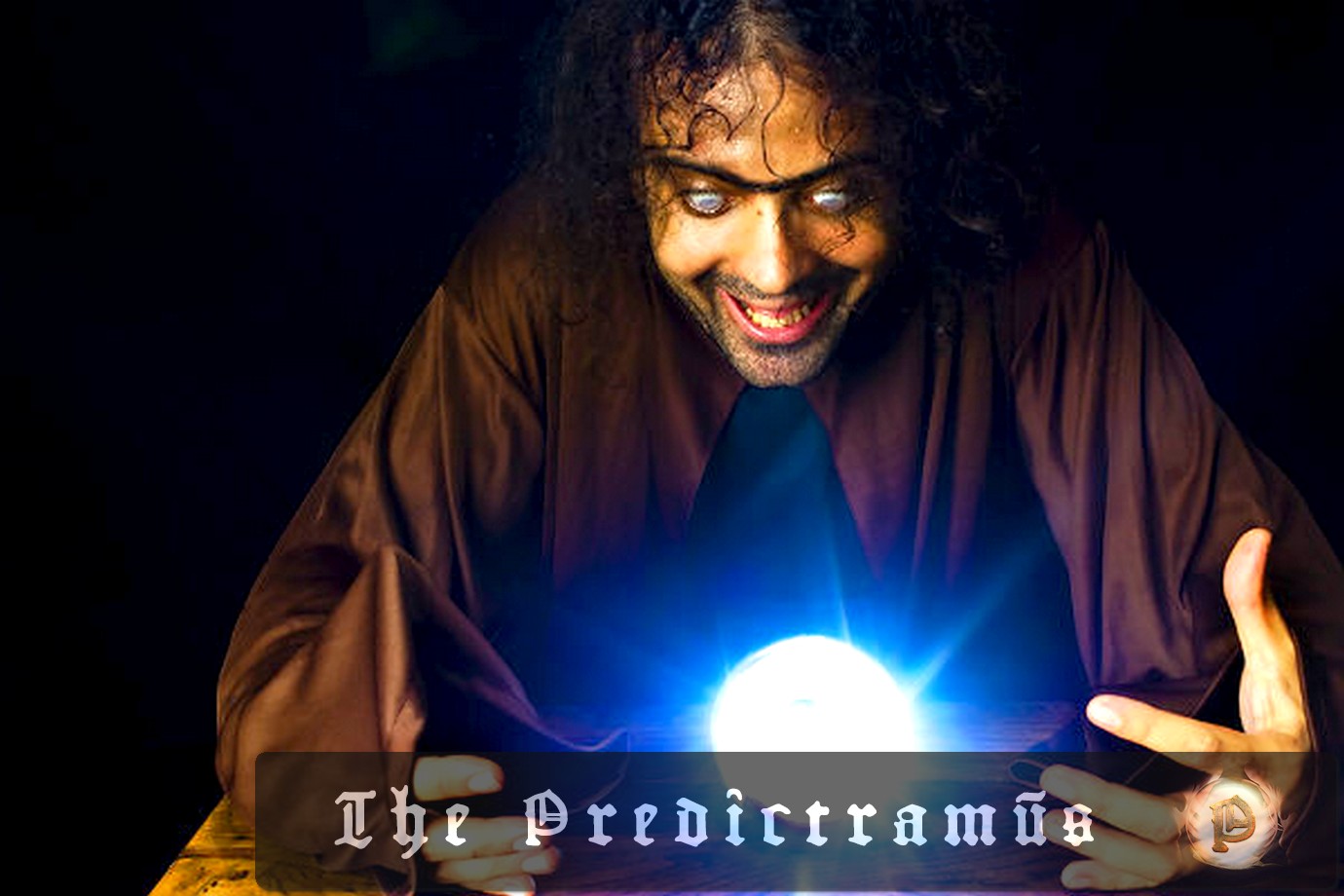A new study suggests that a large, low-density region of space surrounding the Milky Way may explain the Hubble tension, a long-standing discrepancy in modern cosmology. The study proposes that the presence of a local cosmic void could be the cause of the mismatch in measurements of the universe’s expansion rate. Researchers compared the predictions…
Physics on The Soothsayer / page 2
Researchers at Dartmouth College and Moffitt Cancer Center have made significant progress in Cherenkov dosimetry, a technique used to verify the dose delivered during radiotherapy. By calibrating the Cherenkov emission according to skin pigmentation, the team has improved the accuracy of dose measurements, mitigating the effect of skin color on the results. This breakthrough has…
Researchers in the US and France have made a groundbreaking discovery by developing a new technique to visualize the positions of atoms in real, continuous space. This achievement has enabled the measurement of correlation functions in quantum gases, providing valuable insights into the behavior of fermionic and bosonic systems. The study has far-reaching implications for…
In a groundbreaking discovery, the LHCb Collaboration at CERN’s Large Hadron Collider has observed the breaking of charge-parity (CP) symmetry in baryons, a phenomenon that could help explain the excess of matter over antimatter in the universe. This finding is consistent with the Standard Model of particle physics and could lead to constraints on theoretical…
The second law of thermodynamics has been found to be a significant limitation in the development of more precise clocks. This fundamental principle of physics dictates that the entropy of a closed system will always increase over time, making it challenging to create clocks that can maintain their accuracy indefinitely. Researchers are now exploring alternative…
NASA’s New Horizons spacecraft has successfully demonstrated simple interstellar navigation by measuring the parallax of two nearby stars, Proxima Centauri and Wolf 359. This breakthrough technique could revolutionize navigation for future spacecraft exploring the outermost regions of the solar system and even provide navigation for the first truly interstellar missions. The team used observations from…
Researchers in Japan have achieved a significant milestone in muon acceleration, producing a high-intensity beam of antimuons with unprecedented precision. This breakthrough could enable next-generation experiments, such as better measurements of the muon’s anomalous magnetic moment, which could point to new physics beyond the Standard Model. The team’s innovative technique involves cooling antimuons down to…
Researchers at Tianjin University in China have successfully developed a non-invasive method to measure blood ion concentrations using terahertz optoacoustic technology. This breakthrough could lead to improved diagnosis and treatment of various physiological problems caused by imbalances in sodium ions in the blood. The team demonstrated the effectiveness of their approach by detecting sodium ions…
Researchers at the Okinawa Institute of Science and Technology (OIST) in Japan have made a groundbreaking discovery of hyperdisorder in a biological system – the development of pigment cells in squid skin. This phenomenon combines order at the microscopic scale with disorder at the macro level, and it is often present in systems studied in…
Astronomers at the University of Hawai’i’s Institute for Astronomy have made a groundbreaking discovery, detecting the most energetic cosmic explosions known to have occurred since the universe began. These extreme nuclear transients (ENTs) emit at least 10 times as much energy as the previous record holders and could open a new window into physical processes…










